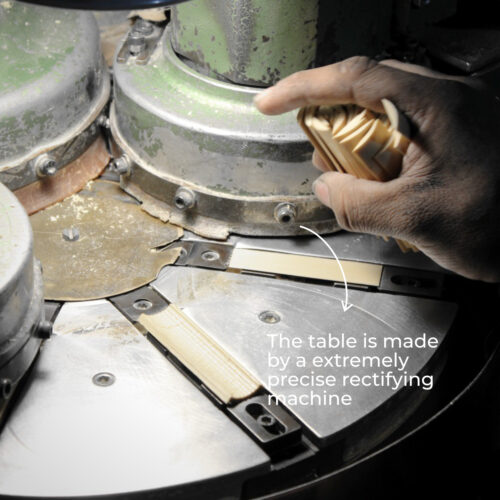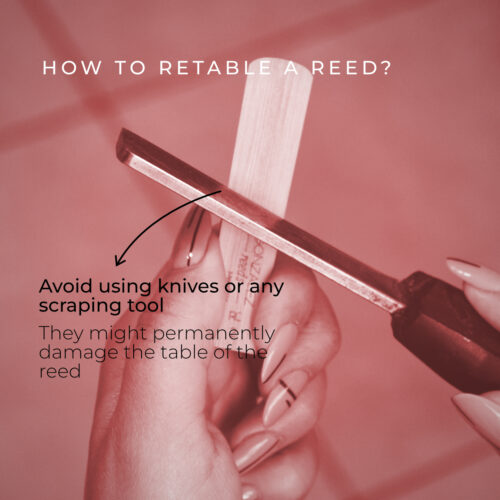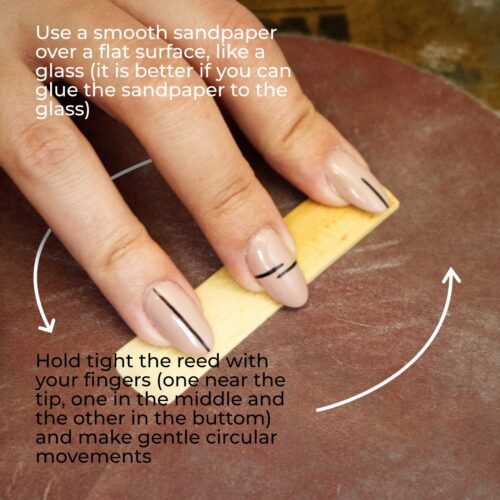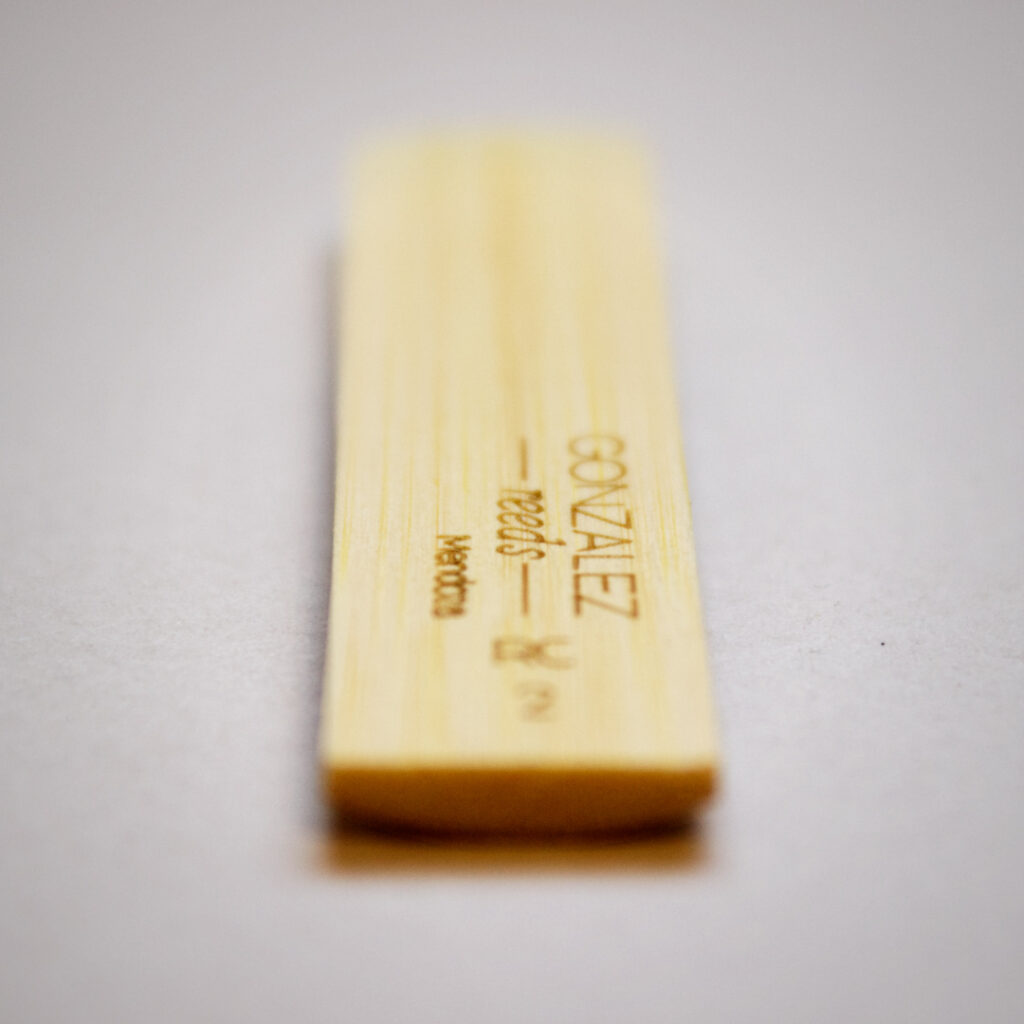16/08/2024
The importance of the reed table
Why is the table of the reed so important and delicate to retouch
The rear flat surface of the reed, where the logo is engraved, is called table. The same name is given to the flat surface of the mouthpiece that makes contact with the reed.

At Gonzalez Reeds, we use an extremely precise 3-step rectification process that ensures the final thickness of the reed, as well as a nearly perfect table. It must be as flat as possible, without any defect, deformation or curve. This way, a seal is created between the reed and the mouthpiece, guaranteeing the correct performance of your clarinet or saxophone setup, without any air leak that can mess with your sound.
Retouching the table of the reed is not recommended. The manufacturing process is very precise, and it is extremely difficult to make any modification without ruining the flat surface and therefore, the whole reed.
However, sometimes is possible that you still want to retable a reed. Whether is because you want to soften the reed a little bit, or the table has been altered due to bad storage after the use, there are a couple of things to consider:

- Avoid using knives or any scrapping tool: with them, you cannot be sure that you are retouching all the surface with the same intensity. It is very likely that you will scrap the center more than the extremes, damaging permanently the reed.
- It is recommended to use a smooth sandpaper, placed over a flat surface like a glass. Hold the reed tight with your fingers, one near the tip, one in the middle and the other at the heel. Make gentle circular movements. Make small retouches and try the reed to test the result, don’t try to go all the way from the beginning.


